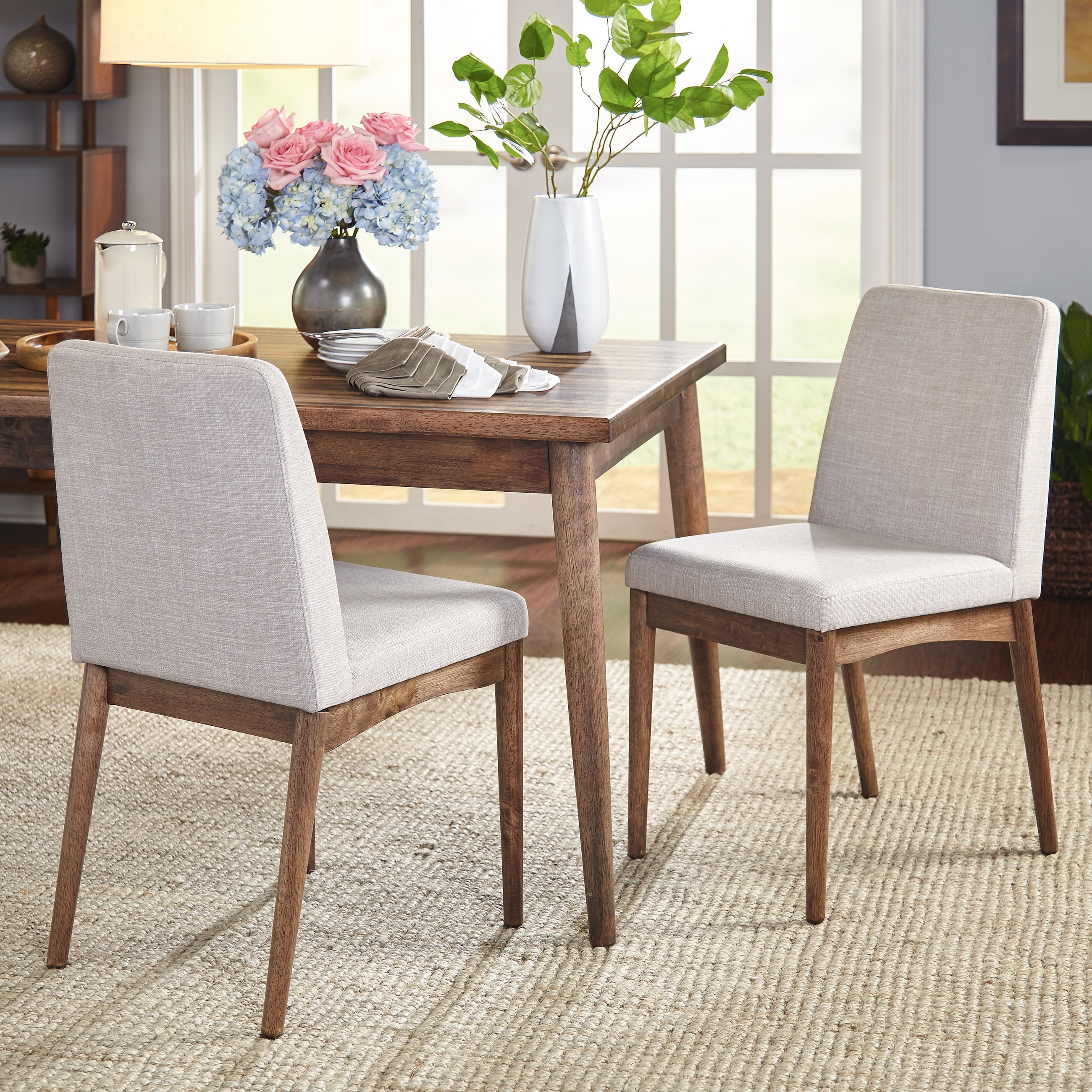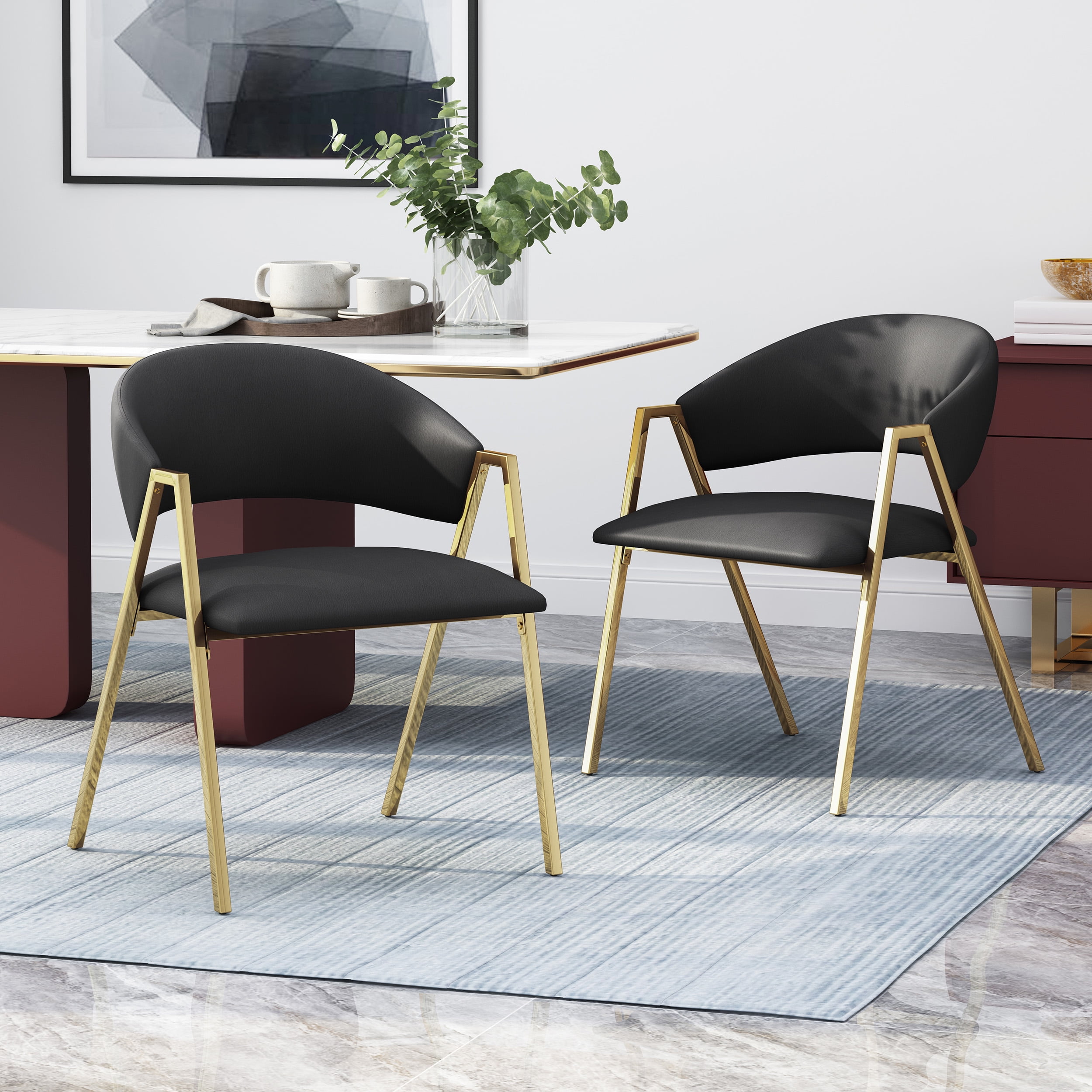Chair Comfort and Ergonomics: Essentials For Living Dining Chair

Choosing the right dining chair is crucial for comfort and well-being, especially during those long family dinners or lively gatherings. A well-designed chair supports proper posture and minimizes strain, allowing you to enjoy your meal without discomfort. Let’s delve into the key ergonomic features that contribute to a truly comfortable dining experience.
Ergonomic Features for Extended Sitting
The ideal ergonomic dining chair prioritizes support for the natural curves of the spine. This means a seat height that allows your feet to rest comfortably flat on the floor, preventing leg strain. The seat pan itself should be adequately wide and deep enough to support your thighs without pressure points. A slight incline to the seat can also improve comfort by distributing weight evenly. Furthermore, the backrest should provide sufficient support to the lower back, encouraging a natural posture. Armrests, while not essential, can reduce shoulder and neck tension by providing a resting place for your arms. Finally, the chair’s overall stability is key – a wobbly chair will only increase discomfort and potentially lead to injury.
Lumbar Support and Proper Posture
Lumbar support is paramount for maintaining proper posture. The lower back, or lumbar region, is particularly vulnerable to strain during prolonged sitting. A chair with a built-in lumbar support curve, or a cushion that provides this support, helps maintain the natural inward curve of the spine, reducing pressure on the vertebrae and surrounding muscles. Proper posture, in turn, minimizes back pain, neck pain, and fatigue, allowing you to sit comfortably for extended periods. This is especially important for individuals who suffer from back problems or spend significant time at the dining table.
Material Comparison: Comfort and Durability, Essentials for living dining chair
Different materials offer varying levels of comfort and durability. Wood chairs, often associated with classic elegance, can be comfortable if well-padded and designed with ergonomic considerations. However, they may lack the flexibility and cushioning of other materials. Metal chairs, known for their strength and modern aesthetic, can be less comfortable without adequate padding. Plastic chairs are generally lightweight and easy to maintain, but they often lack ergonomic features and can become uncomfortable during prolonged use. Upholstered chairs, featuring fabrics like leather, velvet, or microfiber, offer superior comfort due to their cushioning and softness. However, upholstery requires more maintenance and can be less durable than wood or metal in the long run. The choice ultimately depends on personal preference, budget, and intended use.
Chair Back Designs and Comfort
The design of the chair back significantly impacts comfort and support. Below is a table illustrating various designs and their respective comfort levels:
| Chair Back Design | Description | Comfort Level | Suitability |
|---|---|---|---|
| High Back with Lumbar Support | Tall backrest with a pronounced curve to support the lower back. | High | Ideal for extended sitting, provides excellent back support. |
| Mid-Back with Contoured Support | Backrest that supports the upper and middle back, often with a slight curve. | Medium | Suitable for moderate periods of sitting, offers decent back support. |
| Low Back with Minimal Support | Short backrest providing minimal support to the back. | Low | Best for short periods of sitting, may not be suitable for extended use. |
| Slatted Back | Backrest made of vertical or horizontal slats, allowing for air circulation. | Medium (varies with padding) | Can be comfortable with adequate padding, offers good breathability. |
Practical Considerations and Maintenance

Choosing a dining chair is about more than just aesthetics; its durability and ease of maintenance play a crucial role in its lifespan and your overall dining experience. A well-constructed chair, properly cared for, will provide years of comfortable seating, while a poorly made or neglected one will quickly become a source of frustration and expense.
Chair Durability and Construction Materials
The longevity of your dining chair hinges heavily on the quality of its construction and the materials used. Solid wood chairs, for example, are known for their strength and durability, often lasting for generations with proper care. However, they can be more susceptible to scratches and water damage. Metal chairs, particularly those made of steel or wrought iron, offer excellent durability and are often easier to clean, but they can be less comfortable and prone to rust if not properly maintained. Chairs with upholstered seats and backs present a different set of considerations; the quality of the fabric, foam padding, and underlying support structure will significantly impact their lifespan and comfort. A well-constructed chair will use strong joints, robust frames, and high-quality materials throughout, ensuring it can withstand daily use and resist wear and tear. Conversely, a cheaply made chair may use weak joints, thin materials, and inferior construction techniques, leading to early failure.
Cleaning and Maintenance Procedures for Different Chair Materials
Cleaning and maintenance routines vary depending on the chair’s materials. Wood chairs generally benefit from regular dusting with a soft cloth and occasional cleaning with a mild wood cleaner. Avoid using harsh chemicals or abrasive cleaners, as these can damage the finish. For metal chairs, a damp cloth and mild detergent are usually sufficient. Be sure to dry them thoroughly to prevent rust. Upholstered chairs require more attention. Regular vacuuming or brushing helps remove dust and debris. Spot cleaning with a suitable upholstery cleaner is necessary for spills or stains. Always test any cleaning solution on an inconspicuous area first to ensure it doesn’t damage the fabric. Leather chairs should be treated with a leather conditioner periodically to maintain their suppleness and prevent cracking.
Addressing Potential Issues and Their Solutions
Even the most durable chairs can encounter problems over time. Wobbly legs are a common issue, often caused by loose screws or damage to the chair’s legs or joints. Tightening loose screws or replacing damaged parts can usually resolve this. Fabric stains are another frequent problem. Immediate attention is crucial; blot (don’t rub) spills immediately, and use an appropriate stain remover. For more stubborn stains, professional upholstery cleaning may be necessary. Other potential issues include broken or damaged parts, such as loose joints, torn fabric, or peeling finishes. Depending on the severity of the damage, repairs might involve simple tightening of screws or replacement of parts, possibly requiring professional assistance for more complex repairs.
Step-by-Step Guide to Assembling a Typical Dining Chair
Assembling a dining chair can seem daunting, but it’s often a straightforward process. Here’s a typical step-by-step guide:
- Carefully unpack all parts and identify them using the provided instructions or diagram.
- Lay out all the components in a clear workspace. This will prevent confusion and ensure you don’t lose any small parts.
- Begin by attaching the legs to the chair’s seat using the appropriate screws and tools. Follow the instructions carefully and ensure the screws are tightened securely, but not over-tightened.
- Attach the backrest to the seat, following the manufacturer’s instructions. This often involves aligning holes and inserting bolts or screws.
- Once all parts are connected, check for stability and ensure all screws are firmly tightened. Gently rock the chair to check for any wobbling.
- If any adjustments are needed, carefully loosen and retighten screws until the chair is stable.
